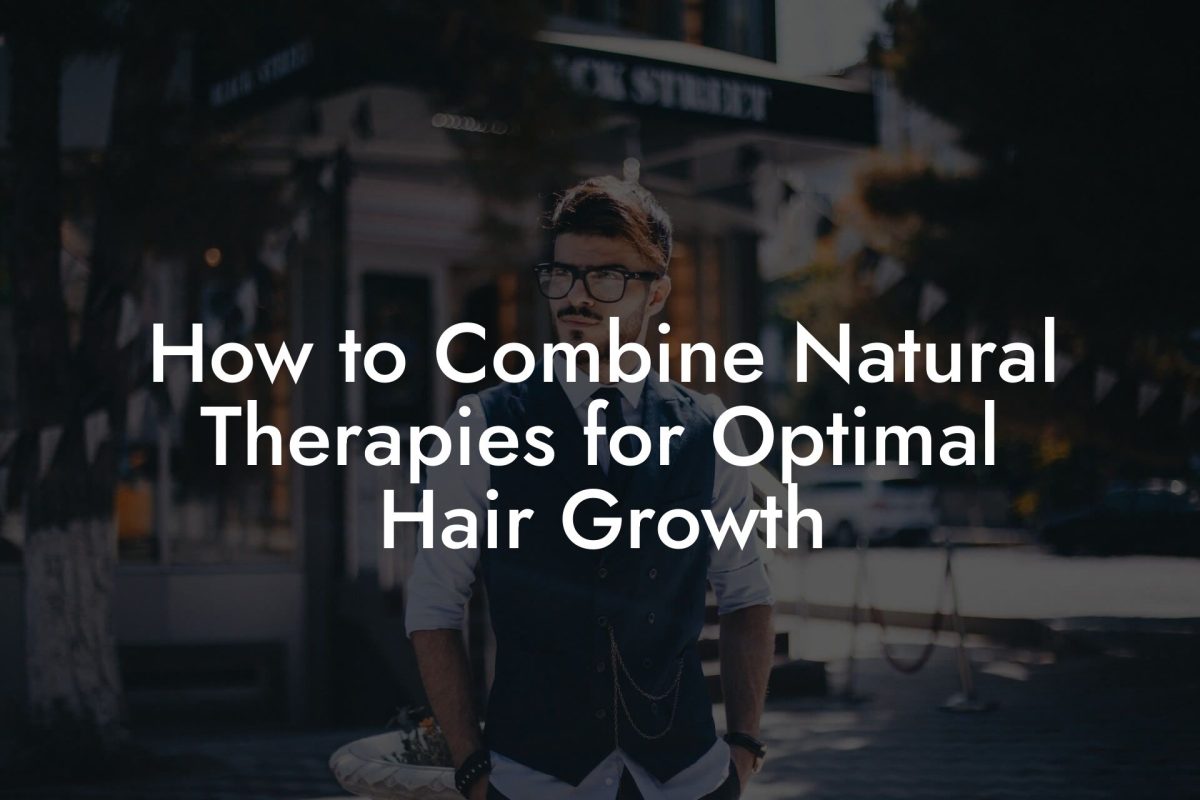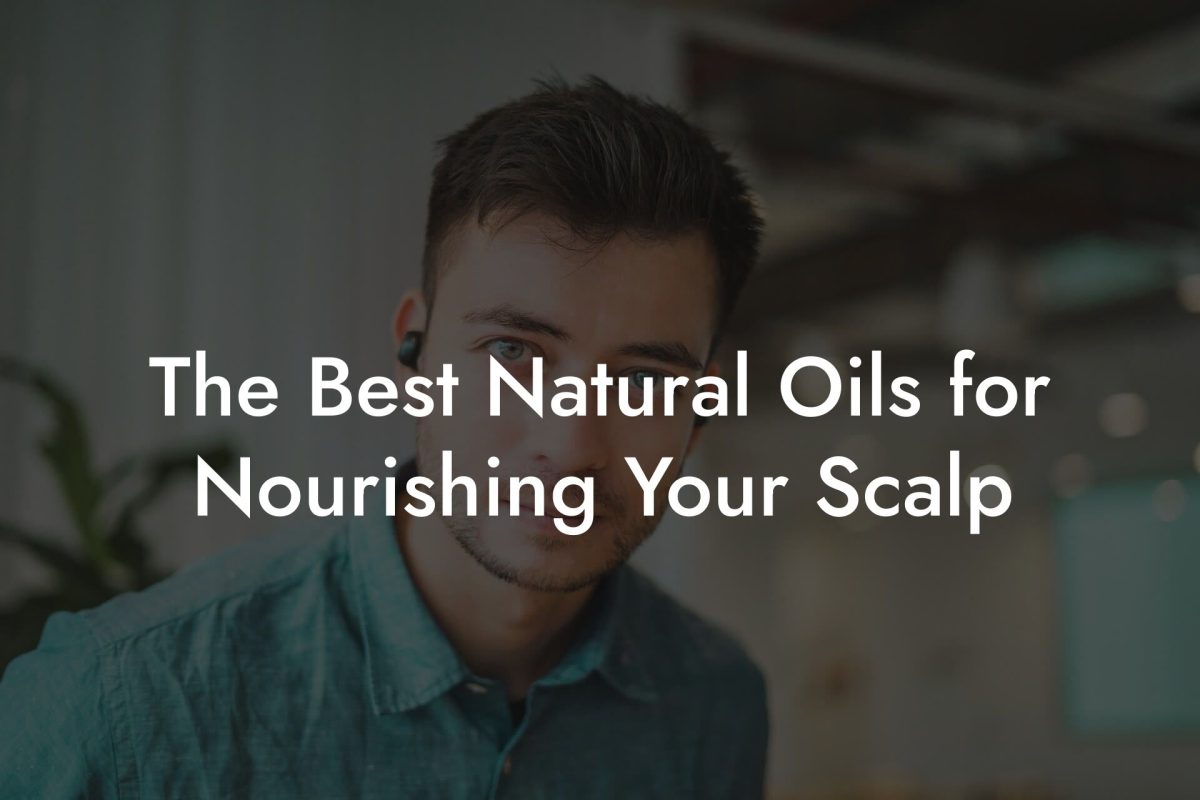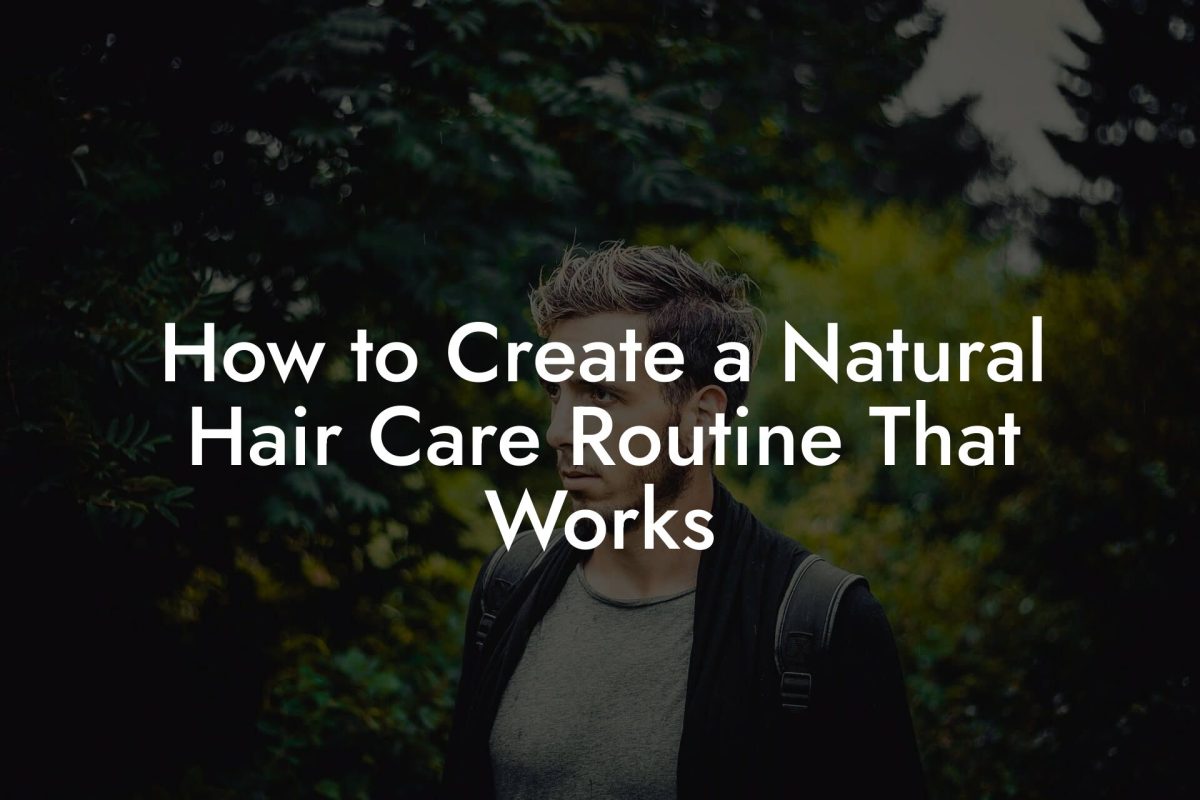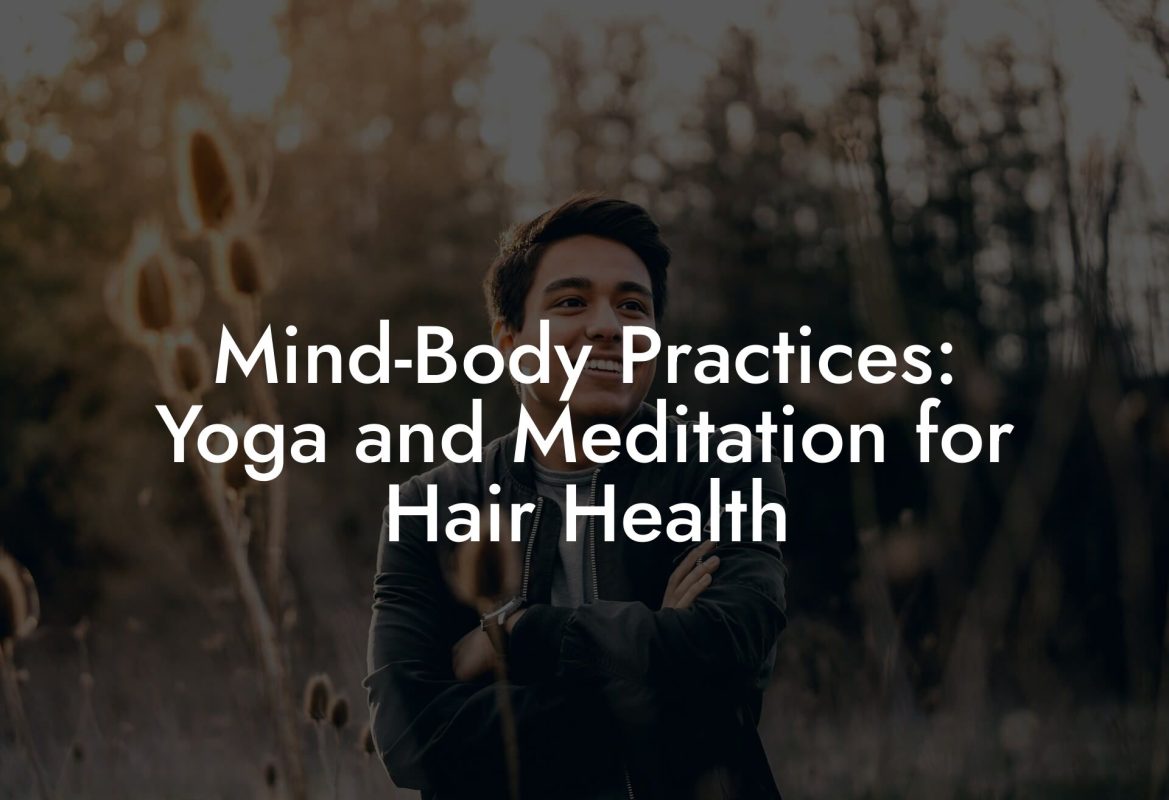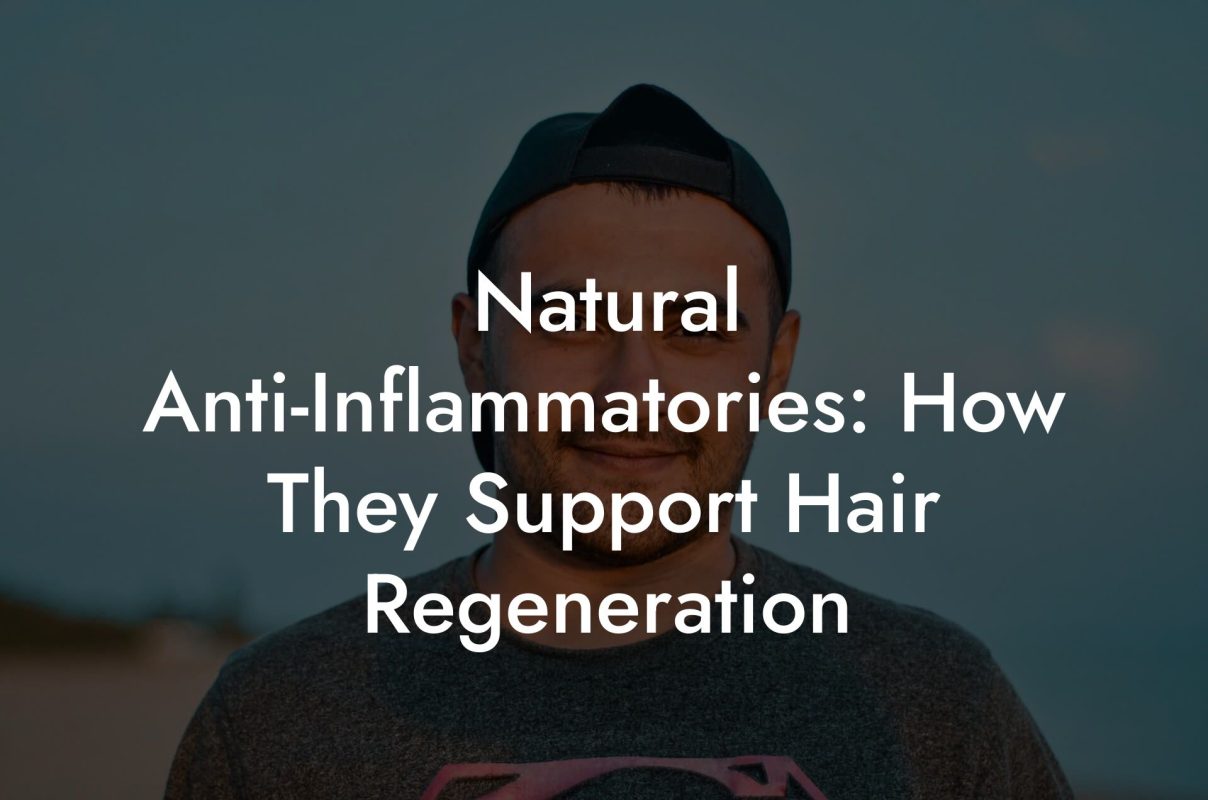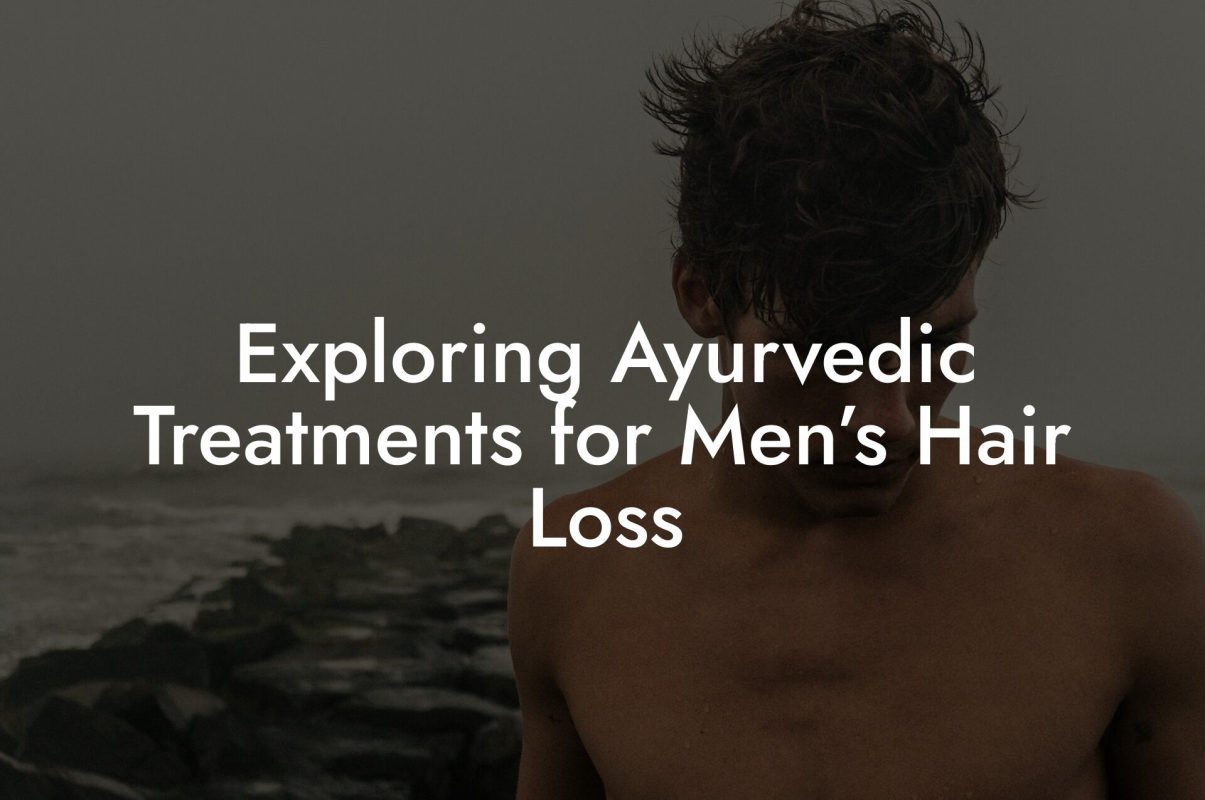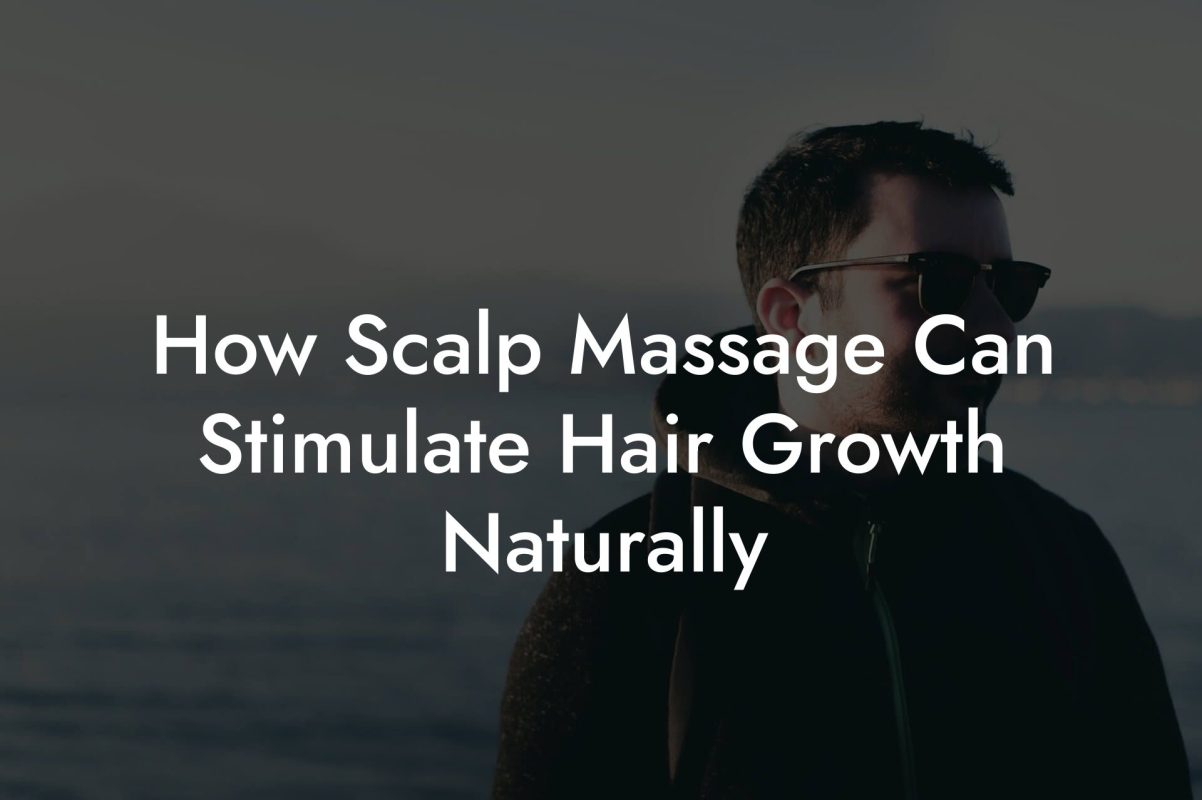Hair Loss Library
Home Remedies vs. Medical Treatments: What’s Right for You?

Ever caught yourself scrolling through your feed while wondering if your thinning hair is staging a rebellion? Welcome to the ultimate showdown—Home Remedies vs. Medical Treatments: What’s Right for You? At Mane Matrix, we’re all about giving you the lowdown on men’s hair loss without the awkward doctor visits or wallet-crushing bills. So, strap in, grab your favorite protein shake, and let’s dive into this hair-raising (pun absolutely intended) exploration of everything from kitchen cupboard concoctions to cutting-edge medical techniques.
Understanding Men’s Hair Loss: Trends, Trials, and Tribulations
Let’s face it: hair loss is one of those pesky issues that haunts us at every stage—from the first hints of a receding hairline in your early 20s to the full-blown “less is more” experience in your 30s and beyond. For millennials and Gen Zers alike, society’s obsession with luscious locks can make losing a few strands seem like a personal crisis. But worry not, gents; knowledge is power.
Hair loss comes in many flavors: androgenetic alopecia (the scientific term for the “family recipe” of baldness), telogen effluvium (your hair’s response to stress or shock), and even alopecia areata—a condition where your immune system goes rogue. The good news? Understanding the root cause can help guide you toward the best remedy for your unique situation.
In today’s modern world, the options for combating hair loss range from all-natural home remedies to advanced medical treatments. Each has its own set of advantages, costs, and potential side effects. By breaking down these two worlds, you can make an informed decision without spending hours on Google or falling prey to dubious internet “miracle cures.”
Exploring the Spectrum: Natural Home Remedies vs. Medical Treatments
Choosing between home remedies and medical treatments for hair loss is like deciding between a DIY facial and a visit to the dermatologist—each can deliver results, but they cater to different needs, budgets, and timelines. Let’s cut through the fluff and examine both sides of the coin.
Home remedies lean on nature’s bounty and age-old wisdom, often offering an accessible, low-cost approach that you can integrate into your daily routine. Medical treatments, on the other hand, harness the power of modern science to target hair loss at the root, sometimes literally. But which one is right for you? Read on to weigh the pros and cons.
Home Remedies: Nature’s Way of Nurturing Your Mane
Before you unleash your inner apothecary, it’s important to recognize that “natural” doesn’t always equal “instant miracle.” However, the benefits of home remedies for hair loss lie in their holistic approach—addressing not just the hair, but the health of your scalp, body, and overall lifestyle.
1. Nutritional Boosts: Food for Thought (and Hair!)
Ever heard the phrase, “You are what you eat?” Well, your hair is a little no different. A diet rich in lean proteins, omega-3 fatty acids, vitamins, and minerals can work wonders for your locks. Key nutrients include biotin, vitamin D, zinc, and iron—each playing a critical role in hair health. Stock up on salmon, eggs, leafy greens, and nuts to give your mane the fuel it needs.
A smoothie bowl loaded with fruits, spinach, Greek yogurt, and a dash of chia seeds might not instantly transform your hair into Rapunzel-level tresses, but it sets the stage for better hair growth over time. And hey, it’s a delicious excuse to get creative in the kitchen!
2. Essential Oils: Aromatherapy for Your Scalp
Essential oils like rosemary, peppermint, and lavender are celebrated for their hair-boosting properties. These oils are believed to stimulate circulation, improve scalp health, and even thwart the pesky DHT hormone that’s often linked to hair loss.
Creating a DIY hair tonic with a few drops of essential oil mixed into a carrier oil (think coconut or jojoba oil) can be a relaxing self-care ritual. Just massage the blend into your scalp, let it sit for about 30 minutes, and then wash it out. Regular use may lead to thicker, healthier hair over time.
3. Herbal Supplements: Mother Nature’s Medicine Cabinet
From saw palmetto to ginseng and even green tea extract, herbal supplements are popular choices for promoting hair growth. Saw palmetto, for instance, is often used as a natural DHT blocker, potentially helping to slow down hair loss in its tracks.
While the evidence is still emerging, many men find that incorporating these supplements into their daily regimen is a safe and effective step towards better hair health. As always, check with a healthcare provider before starting any new supplement routine.
4. Scalp Massages and Stimulation Techniques
A relaxed scalp is a happy scalp. Regular scalp massages can help increase blood flow to the hair follicles, promoting nutrient delivery and encouraging hair growth. You can use your fingertips or a specialized scalp massager to work out knots, relieve tension, and maybe even induce a little “hair-zen.”
Some even swear by acupressure techniques (think of it as acupuncture without the needles), which can further stimulate hair growth by targeting specific pressure points on the head and neck.
5. Lifestyle Tweaks: Sleep, Stress, and Beyond
Your lifestyle has a direct impact on your hair. Chronic stress, inadequate sleep, and even a sedentary lifestyle can exacerbate hair loss. Incorporating stress management techniques, such as meditation or yoga, can do wonders not just for your mental health but for your hair as well.
Prioritizing quality sleep (aim for 7-9 hours) and regular exercise not only boosts overall health but also creates an ideal environment for hair regeneration. Think of it as holistic self-care that nourishes every cell in your body—including the ones that make up your crowning glory.
Medical Treatments: The Science-Backed Approach to Hair Restoration
If you’re looking for a more guaranteed (albeit sometimes pricier or invasive) solution, medical treatments for hair loss might be your ticket to thicker, fuller hair. Modern medicine offers a range of options that target hair loss at its source, often with faster and more noticeable results than home remedies alone.
1. FDA-Approved Medications: Finasteride and Minoxidil
When it comes to medically proven treatments, two names stand out: finasteride and minoxidil. Finasteride (often known by its brand name Propecia) works by blocking the conversion of testosterone to DHT, a hormone largely blamed for male pattern baldness. Meanwhile, minoxidil (popularly sold as Rogaine) acts as a topical solution that increases blood flow to hair follicles, thereby stimulating growth.
Both treatments have been shown to be effective, but they require consistent use over time. While finasteride is a prescription medication with potential side effects (think mood changes, decreased libido, etc.), minoxidil boasts a lower risk profile but needs to be applied directly to the scalp twice a day. Your healthcare provider can help determine which option might be best for you.
2. Platelet-Rich Plasma (PRP) Therapy
Ever wished your blood could work magic on your hair? PRP therapy might just be the sci-fi solution you’ve been waiting for. This treatment involves drawing a small sample of your blood, processing it to concentrate the platelets, and then injecting it into your scalp. The growth factors in the plasma are believed to stimulate hair follicles and kick-start the growth process.
PRP therapy has gained popularity for its minimally invasive nature and potential to yield noticeable results. However, because it’s still considered somewhat experimental and may not be covered by insurance, it’s important to thoroughly research the procedure and consult with a specialist.
3. Hair Transplants: Reclaiming Your Mane, One Follicle at a Time
For those who are ready to take a more permanent step, hair transplant surgery might be on the table. Techniques like Follicular Unit Transplantation (FUT) and Follicular Unit Extraction (FUE) involve relocating hair follicles from areas of dense growth (usually the back or sides of the head) to balding or thinning areas.
Modern hair transplants offer natural-looking results with minimal scarring and downtime. But, as with any surgical procedure, there are risks and costs to consider. It’s essential to have a candid conversation with a board-certified surgeon to understand what to expect and whether you’re an ideal candidate.
4. Laser Therapy: Low-Level Light to the Rescue
If you’ve ever seen a sci-fi movie and wished for futuristic gadgets, low-level laser therapy (LLLT) might be right up your alley. This non-invasive treatment uses specific wavelengths of light to stimulate hair follicles, increase cellular activity, and improve scalp circulation.
LLLT is typically delivered via comb-like devices, helmets, or in-clinic treatments. While results can vary, many men notice improvements in hair density and overall health after several months of consistent use.
5. Combination Therapies: The Best of Both Worlds
Often, the most effective strategy isn’t choosing one treatment over the other—it’s combining the power of home remedies with scientific medical treatments. For instance, you might be prescribed finasteride while also incorporating essential oils and lifestyle improvements. This multi-pronged approach ensures that you’re tackling hair loss from every possible angle.
Working with a specialist who understands your unique needs can help you develop a tailored plan that blends the best practices of both worlds. After all, why settle for less when you can have comprehensive hair care?
Which Route is Right for You? Weighing the Pros and Cons
Deciding between home remedies and medical treatments for hair loss isn’t a one-size-fits-all proposition. It all boils down to factors like the extent of your hair loss, your overall health, and how quickly you’re looking to see results. Let’s break down the advantages—and potential pitfalls—of both approaches.
Home Remedies: The Low-Cost, Low-Risk Option
Pros:
- Affordable and accessible—most ingredients are available at your local store.
- No prescription required or invasive procedures.
- Minimal side effects when used correctly.
- Can be integrated into your daily self-care routine with ease.
Cons:
- Results may take longer to manifest.
- Effectiveness varies from person to person.
- Requires consistency and lifestyle changes over the long term.
Medical Treatments: The Science-Driven Solution
Pros:
- Clinically proven effectiveness in many cases.
- Faster, more noticeable results for many men.
- Advanced technology and techniques tailored to your specific type of hair loss.
Cons:
- Higher costs and potential side effects (e.g., medication-related issues).
- May require ongoing treatments and maintenance sessions.
- Invasive options like surgery come with risks and recovery time.
Ultimately, the best approach might be a blend of both. By combining the gentleness of natural remedies with the targeted power of medical treatments, you can create a customized strategy that addresses your hair loss comprehensively.
Combining Both Worlds: A Hybrid Approach to Holistic Hair Restoration
Let’s be real—navigating the hair loss maze can feel overwhelming, and sometimes the tried-and-true “either/or” mentality doesn’t cut it. That’s why many men opt for a hybrid approach that marries time-honored home remedies with modern medical interventions.
Imagine applying a rosemary-infused scalp oil while dutifully using your prescribed minoxidil regimen. Or picture scheduling your weekly scalp massage sessions along with your monthly PRP treatments. The result? A well-rounded, multi-layered strategy that maximizes hair health from both the inside and out.
This combination approach not only addresses the biological aspects of hair loss but also empowers you to take charge of your overall well-being. Plus, it means you don’t have to put all your eggs in one basket. Whether you’re waiting on slower, natural remedies or diving headfirst into advanced treatments, a blended strategy can offer you the flexibility to adjust your plan as your needs evolve.
Lifestyle & Wellness: The Hidden Keys to Thriving Hair Health
It turns out that achieving a fuller mane goes beyond the surface—it’s tied to how you live your life. Your daily habits, sleep patterns, stress levels, and overall health play starring roles in the drama of hair growth.
Stress Less, Grow More
Chronic stress is like an uninvited party crasher that can throw your hair growth into disarray. Stress often triggers hormonal changes that may worsen hair loss. Incorporating practices like meditation, regular exercise, or even simple breathing techniques can help keep your cortisol levels in check—and your hair happier.
Nutrition: Eat to Beat Baldness
Filling your plate with nutrient-dense foods is a powerful way to support your hair’s health. Emphasize foods rich in antioxidants and anti-inflammatory compounds. Think vibrant berries, leafy greens, nuts, and fatty fish. And don’t forget hydration—ensuring your body has enough water is essential for maintaining skin and hair elasticity.
Sleep: The Underestimated Beauty Secret
Getting a solid 7-9 hours of sleep every night is like hitting the reset button for your body. During deep sleep, your body repairs tissues, balances hormones, and—even if you’re not dreaming of luscious locks—supports the cellular processes that can benefit your hair.
Exercise: Boost Circulation, Boost Hair
Engaging in regular physical activity increases blood flow, which carries essential nutrients to your scalp. Whether it’s hitting the gym, jogging in the park, or even dancing like nobody’s watching in your living room, staying active can pay off in a healthier, stronger mane.
These lifestyle adjustments may take time to show dramatic results, but they gradually set the stage for a healthier environment from the inside out. In the grand scheme of hair restoration, every positive change counts.
Real Life Transformations: Mane Matrix Success Stories
Sometimes, the best inspiration comes from hearing real stories from guys who have been in your shoes (or, in this case, under your hats). Mane Matrix is proud to highlight a few success stories that illustrate the power of combining home remedies with medical treatments.
Case Study 1: From Razor-Shy to Revived
Meet Alex—a 28-year-old software engineer who began noticing thinning patches during late-night coding sessions and early morning rushes to work. Initially skeptical of expensive treatments, Alex started with a regimen of essential oil scalp massages, nutritional tweaks, and regular exercise. After months of persistence and monitoring his progress online, he decided to up the ante by introducing minoxidil into his routine. The hybrid approach paid off: not only did Alex notice improved hair density, but he also reported feeling more in control of his overall well-being. His story is a prime example of how a balanced, personalized approach can boost confidence.
Case Study 2: Balancing Cutting-Edge with Couch Comfort
Then there’s Jordan—a 35-year-old creative director who was initially hesitant to commit to medical treatments due to the potential side effects of prescription medications. After plenty of research and consultations with a Mane Matrix expert, he embarked on a combination journey: weekly laser therapy sessions paired with stress-reduction techniques and a diet rich in antioxidants. Jordan credits his improved hair growth—and revived self-esteem—to the hybrid method that allowed him to tailor his approach based on what worked best for his hectic lifestyle.
Case Study 3: The Lifestyle Overhaul
Finally, consider Mark—a 32-year-old fitness enthusiast who already believed in the benefits of a healthy lifestyle. However, persistent thinning in his temple area prompted him to explore additional interventions. By fine-tuning his nutrition (more lean protein and vitamin-rich foods), incorporating a hair-boosting essential oil routine, and eventually adding a low-dose prescription after consulting with a specialist, Mark experienced a turnaround that not only bolstered his hairline but elevated his overall energy levels. His journey reminds us that sometimes, the secret to great hair is as much about a lifestyle overhaul as it is about targeted treatments.
These stories from Mane Matrix users illustrate that there’s no single “magic bullet” for men’s hair loss. Instead, it’s about crafting a strategy that resonates with your lifestyle, preferences, and individual hair loss pattern.
Creating Your Personalized Hair Restoration Plan: A Step-by-Step Guide
No two men are alike—especially when it comes to hair loss. Crafting the perfect plan to restore your mane starts with a solid, personalized foundation. Here’s how to get rolling:
Step 1: Get the 411 on Your Hair
Start with a comprehensive diagnosis. Look into your family history, lifestyle factors, and current hair condition. Consult with a Mane Matrix expert or a trusted healthcare provider to determine if your hair loss is due to genetics, stress, nutritional deficiencies, or a combination thereof.
Step 2: Evaluate Your Options
Now that you know where you’re coming from, delve into your options. Weigh the benefits of natural home remedies, such as dietary adjustments and essential oils, against the precision of medical treatments like minoxidil, finasteride, or PRP therapy. Consider factors like cost, time commitment, potential side effects, and your personal comfort level.
Step 3: Build Your Hybrid Routine
Combine multiple modalities to develop a tailored regimen:
- Integrate nutritional strategies that include anti-inflammatory foods.
- Design a skincare and scalp care routine featuring massages and essential oils.
- If advised by a professional, introduce FDA-approved medications or advanced treatments like laser therapy.
- Keep tabs on your stress levels, sleep routines, and exercise habits.
Step 4: Set Realistic Goals and Track Progress
Transformation takes time—so patience is key! Establish measurable goals, whether it’s a measurable improvement in scalp coverage or simply feeling more confident each day. Use apps, journals, or even regular check-ins with a specialist to monitor your progress.
Step 5: Reassess and Adjust as You Grow
Your hair restoration journey isn’t a static process; it evolves as you do. Regularly assess your progress and don’t be afraid to tweak your routine. Whether a new home remedy catches your eye or your doctor suggests a tweak in dosage, stay flexible and open to change.
By following these steps, you can create a hair restoration plan that’s as dynamic as you are—one that adapts to your lifestyle and meets your unique needs head-on.
Resources and Community Support: Your Next Steps
Embarking on the journey to restore your mane can feel like stepping into a labyrinth, but remember—you’re not alone. Mane Matrix isn’t just a source of expert advice; it’s a thriving community of like-minded individuals navigating the ups and downs of hair loss together.
There are countless blogs, forums, podcasts, and webinars where men share personal tips, product reviews, and inspirational success stories. From Q&A sessions with hair restoration specialists to community meet-ups and online groups, these resources provide support, accountability, and a sense of camaraderie.
Ready to dive deeper? Explore our video tutorials, download our free e-books, or join our exclusive online community where you can connect with others who are embracing a fuller, healthier approach to hair care. This isn’t just about reclaiming lost hair—it’s about reclaiming your confidence and taking charge of your personal wellness journey.
So, what’s your next step? Whether you decide to experiment with natural home remedies, schedule a consultation for a medical treatment, or blend the two into your own hybrid plan, know that a wealth of information and community support is just a click away.
FAQs: Home Remedies vs. Medical Treatments for Men’s Hair Loss
We know you’ve got questions—so here are some of the most frequently asked questions about addressing men’s hair loss through home remedies and medical treatments.
1. Can home remedies really help with hair loss?
Absolutely! While home remedies may take longer to show results, natural ingredients and lifestyle adjustments can significantly improve scalp health and foster stronger hair growth over time.
2. What are the most effective home remedies for men’s hair loss?
Many find success with a combination of nutritional adjustments, essential oils (like rosemary or peppermint), herbal supplements, and regular scalp massages. Consistency is key!
3. Are FDA-approved medications like finasteride and minoxidil safe?
Yes, when used as directed under professional guidance. However, it’s important to discuss potential side effects and whether these treatments are right for your specific hair type and condition.
4. What is PRP therapy and does it work?
PRP therapy involves using your own concentrated plasma to stimulate hair growth. Many individuals report positive results, though outcomes can vary and this treatment is best explored under the supervision of a specialist.
5. Can I combine home remedies and medical treatments?
Certainly! A hybrid approach often offers the best of both worlds—addressing hair loss with both natural, holistic remedies and proven medical interventions.
6. How long does it take to see results?
Patience is crucial. While some medical treatments might show improvements within a few months, home remedies typically require ongoing efforts over 6-12 months to yield visible results.
7. Is there a one-size-fits-all solution for men’s hair loss?
Not at all. Factors like genetics, lifestyle, and the extent of hair loss require a personalized approach. Consulting with a specialist can help tailor the treatment plan to your specific needs.
8. What role do stress and lifestyle play in hair loss?
They play a huge role! Chronic stress, poor diet, and inadequate sleep can exacerbate hair loss. Integrating stress-reduction techniques and healthy habits can noticeably improve hair health.
9. How do I know if I should see a doctor or try natural remedies first?
If your hair loss is sudden, severe, or accompanied by other concerning symptoms, it’s best to consult a healthcare provider. For gradual thinning, starting with home remedies can be a safe, affordable option.
Your Journey to a Fuller Mane: Embrace the Path to Confidence
At the end of the day, tackling hair loss isn’t just about restoring hair—it’s about reclaiming your self-confidence and embracing the journey to a healthier, happier you. Whether you lean towards gentle, all-natural home remedies, invest in science-backed medical treatments, or forge a hybrid path that fuses the best of both worlds, the power to decide is in your hands.
Remember, every step you take—no matter how small—is a step towards a more empowered version of yourself. At Mane Matrix, we’re here to guide you every step of the way. So, experiment, adjust, and celebrate your progress. Your future mane is waiting!
Lighten up, laugh a little, and know that every strand counts when it comes to confidence. Let this journey be a testament to your resilience and willingness to adapt—because whether you sport a sleek buzz cut or a gradually thickening crown, you’ve got style that’s all your own.
Dive into the numerous resources, seek advice in the community, and let your quest for hair revival empower you from the inside out. Your journey to fuller, healthier hair has already begun—now, rock it like the superstar you are!
If you loved this article... Dive deeper into the world of mens hair loss with our most popular sections. If there is anything you think is missing or anything you would love for us to write about, just give us a shout.
Nature’s Answer: Top Herbal Remedies to Combat Men’s Hair Loss
Essential Oils for Hair Regrowth: What Works and How to Use Them
DIY Hair Masks: Natural Recipes for Healthier Hair
Vitamins and Minerals: The Natural Boost Your Hair Needs
Acupuncture for Hair Loss: Can Traditional Techniques Make a Difference?





